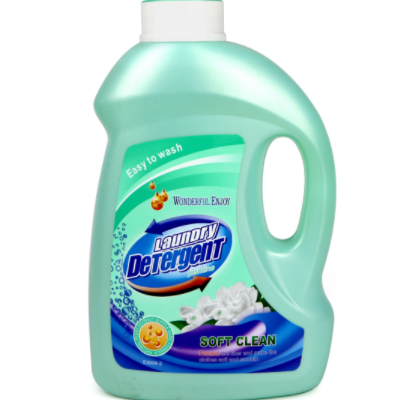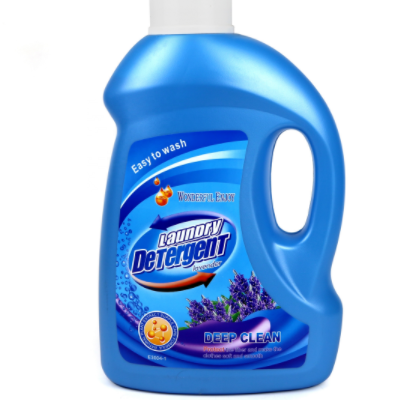(1) Decontamination ingredients
Decontamination ingredients are to provide decontamination and abundant foam, mainly anionic surfactants and a small amount of nonionic and zwitterionic surfactants. Anionic surfactants include soap, sodium lauryl sulfate, Q-olefin sulfonate, fatty alcohol polyoxyethylene ether sulfate, Q-sulfo fatty acid ester, lauroyl sarcosinate and monooleic acid amide sulfonate Disodium succinate and so on. Soap and sodium lauryl sulfate are the earliest surfactants used in liquid soaps. Due to their respective defects such as strong degreasing, soap’s high pH value and low resistance to hard water, there are fewer calcium soaps. used.
Non-ionic surfactants are generally seldom used in liquid soaps, and a small amount of addition can enhance the detergency and increase the stability of the foam, such as coconut diethanolamide, where the addition of alkyl glycosides can reduce the effect of surfactants. Skin irritation. The addition of a small amount of zwitterions is conducive to foaming and lasting foam, betaine and amine oxide.
(2) Care ingredients
When washing hands, due to the degreasing effect of surfactants, the skin feels dry after hand washing. Therefore, some fat-rich agents and emollients should be added to supplement skin oils to prevent dry and rough skin, such as various natural and synthetic lanolin, glycerin, Propylene glycol, sorbitol, lactate, sodium pyrrolidone carboxylate, etc.
(3) Anti-bacterial ingredients
The hands are always in contact with the outside world, and the hands will be contaminated with various bacteria and even fungi. Therefore, the bactericidal components must have a broad spectrum, such as 3,4,4′-trichloro-2′-hydroxyphenyl ether, In order to improve the sterilization efficiency of bactericides, chlorinated xylenol, Chinese herbal medicine extracts, etc., it is also necessary to add additives that increase penetration, so that it can promote the penetration of bactericidal components into the bacterial wall, rapid sterilization, and enhance sterilization efficiency.
(4) Sensory adjustment components
In order to make consumers like and accept liquid soap more, and to give liquid soap a special effect and appearance, add dyes or pearlescent agents; add thickeners to adjust a suitable viscosity for the convenience of access; in order to have a kind of viscosity during hand washing. For a relaxed and pleasant feeling, add the right amount of fragrance.
(5) Natural ingredients
With the improvement of people’s awareness of safety and environmental protection, they are more advocating green natural products. Therefore, adding natural raw materials to liquid soap formulations is the choice of many liquid soap brands. These natural additives can reduce irritation, moisturize the skin, antibacterial, antibacterial, As well as providing natural aroma and color, such as various plants, Chinese herbal medicines, fruit extracts, aloe vera, ginkgo biloba, chrysanthemum, ginseng, Tianqi, licorice, peony bark, tea fruit, sterilization, lemon and so on.





































